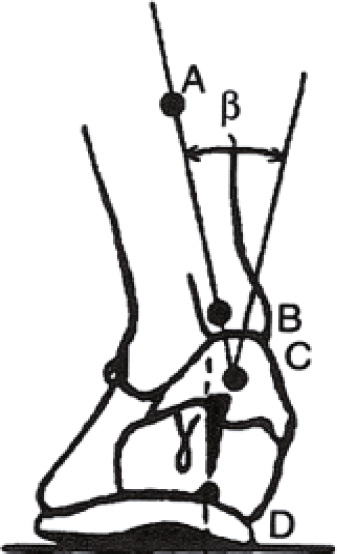Abstract
Introduction:
Some authors have described the importance of physiological intensity in the behavior of the biomechanical aspects of running (for example, subtalar pronation), but the complex relationships between these variables are not yet well understood.
Objective:
This study investigated the influence of positive gradients on internal mechanical work (Wint) and maximum subtalar pronation at a submaximal running speed.
Method:
Sixteen male, trained long-distance runners (age: 29 ± 7 yr; stature: 1.72 ± 0.07 m; body mass: 72.1 ± 10.6 kg), performed four running economy tests (gradients: +1%, +5%, +10% and +15%, respectively) for four minutes at a same submaximal running speed to quantify the maximum values of subtalar pronation and predict the Wint values. Data were analyzed using descriptive statistics, Student’s T-test, and one-way repeated-measures (ANOVA) along with the Statistical Package for the Social Sciences (SPSS) version 20.0.
Results:
Wint increased according to the gradient (p < 0.05). However, no significant differences were observed in the maximum values of maximum subtalar pronation corresponding to each gradient.
Conclusion:
Results show the maximum subtalar pronation during submaximal running depends on the speed rather than intensity of effort.
Keywords:
Ankle Injuries; Exercise Test; Mechanical Stress; Running


